Promoting the sustainability of the building industry is one of the major approaches to addressing energy depletion and climate change. Here, Aalborg White cement was used as the binder to prepare cementitious cooling composites with superior energy-free cooling performance, environmental applicability, and low cost.
To achieve the efficient passive cooling of the cement-based products, AALBORG WHITE® cement was premixed with limestone powders, quartz powders, and titanium dioxide (rutile), and then cured in autoclave conditions.
“Extreme summer” is occurring worldwide, causing significant consequences to human society, due to climate change. Traditional cooling facilities are extensively applied in buildings to improve local thermal comfort. However, they consume considerable amounts of energy, resulting in an overall heating effect, especially in tropical and subtropical regions. Therefore, efficient and energy-free technologies with desirable cooling performance are in great demand to counter climate change, especially from the perspective of sustainability. Radiative cooling is considered one of the most promising pathways thanks to its high efficiency and wide application range.
We expect to produce low-cost efficient building passive cooling with high durability, for large-scale engineering practice. So far, we finished the lab work and validated the cooling potential of the Aalborg white cement-based cooling products (Figure 1 and Figure 2). The experiments were conducted in 2022 summer, on the SolarBETA floor of Eindhoven University of Technology, under various outdoor conditions (Figure 1). We are currently working on the improvement of cooling performance by optimizing the raw recipes (mix design, physical and chemical properties of raw materials) and curing conditions.
This study is expected to transfer the traditional high-carbon cement-based products to the passive cooler for buildings, and then reduce energy consumption and contribute to carbon neutrality.
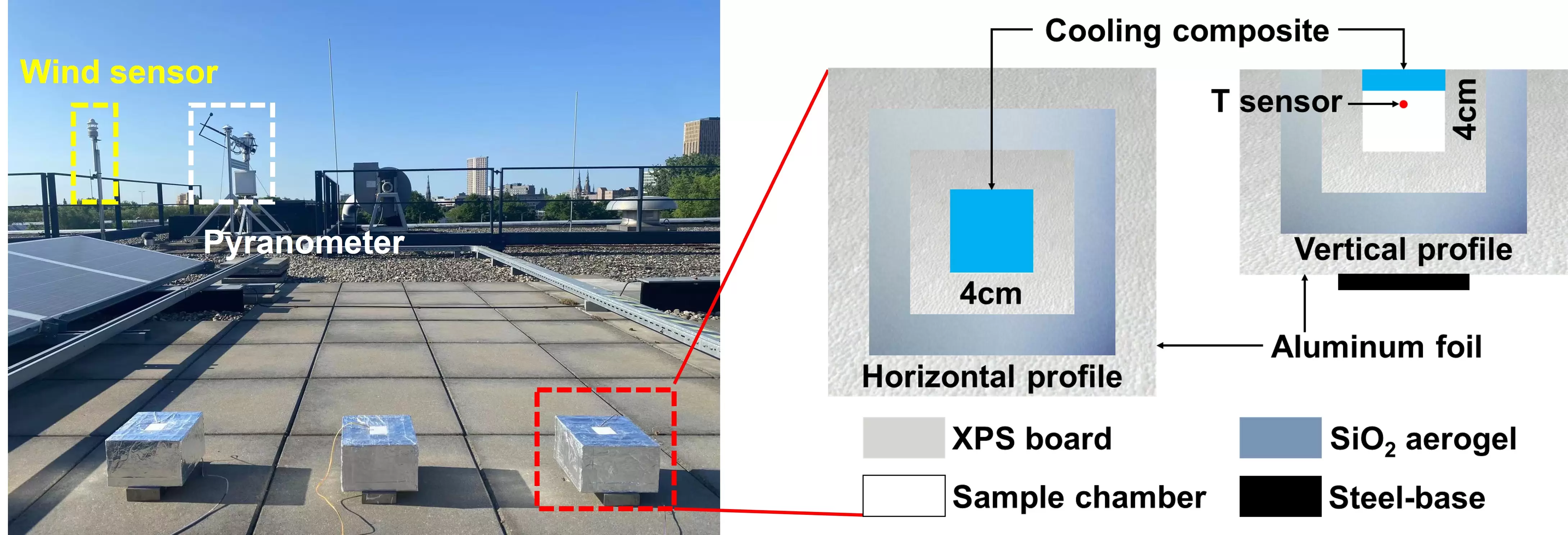
Figure 1. Outdoor experiment setup for cooling performance evaluation.

Figure 2. Infrared images of cement-based cooling slices exposed to the outdoor environment.
Application:
The inorganic cement-based passive coolers can be first applied in developing countries and regions, such as India, Brazil, sub-Saharan Africa, and Southeast Asia for building cooling. Besides, they can be also used for 1) the long-term transportation of fresh food with the lightweight design and 2) the extra cold source of air conditioning systems.
Comparison:
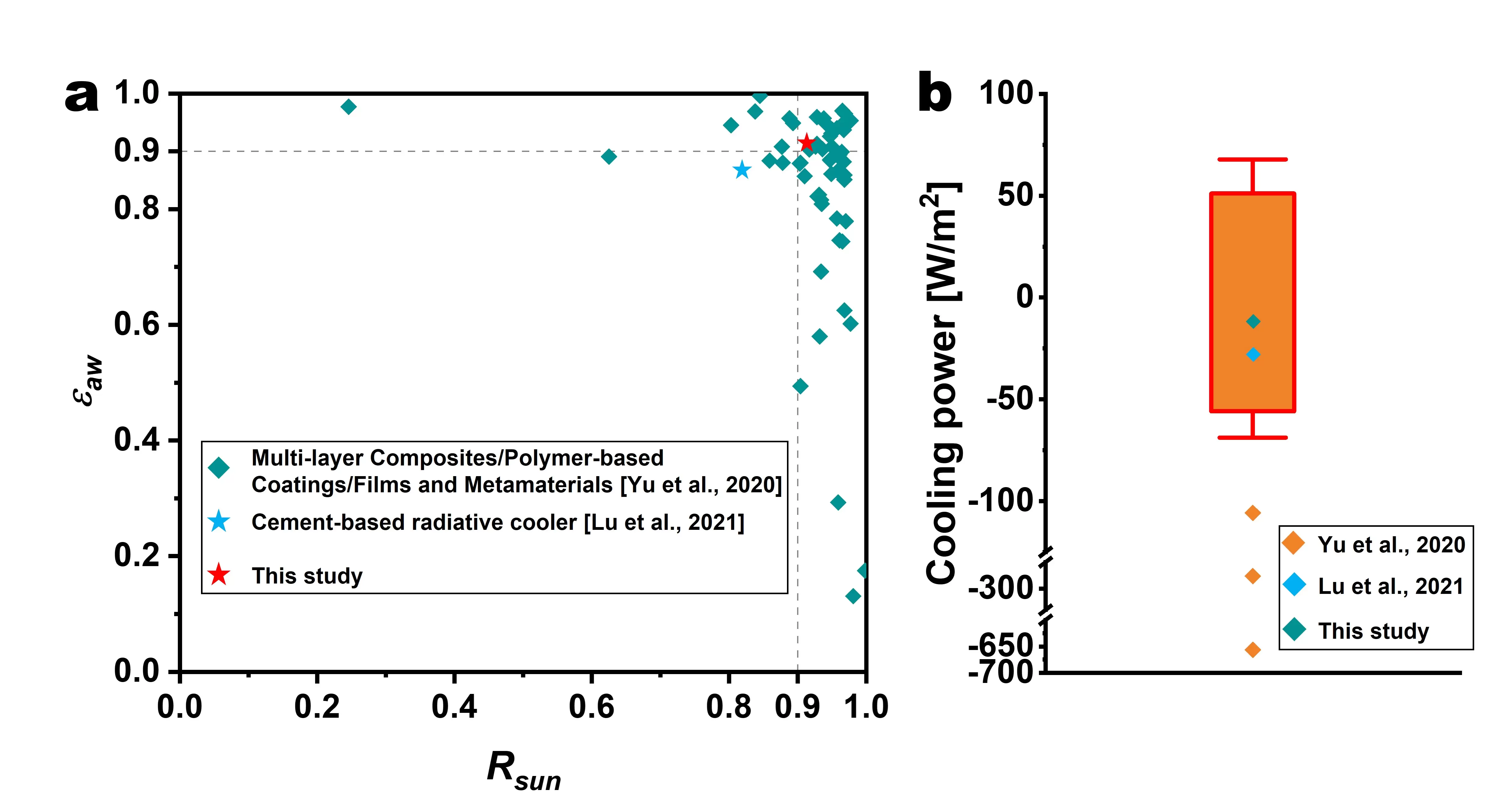
Figure 3. (a) Comparison of optical performance and (b) radiative cooling power of as-prepared cement-based passive cooler and other radiative coolers.
Meanwhile, the preparation of cement-based passive coolers does not need the complicated and cost-high fabrication process (electrospinning, multi-coatings, and photolithography), which are required for traditional radiative coolers. The cement-based passive cooler can provide efficient radiative cooling compared with traditional organic radiative coolers (Figure 3). Furthermore, the inorganic and porous intrinsic also empower superior durability and evaporative cooling of such cement-based coolers. These properties allow their application in developing countries and regions, such as India, Brazil, and sub-Saharan Africa, and then contribute to carbon neutrality.
Reference:
[1] X. Yu, J. Chan, C. Chen, Review of radiative cooling materials: Performance evaluation and design approaches, Nano Energy. 88 (2021) 106259. https://doi.org/10.1016/j.nanoen.2021.106259.
[2] G. Lu, W. She, X. Tong, W. Zuo, Y. Zhang, Radiative cooling potential of cementitious composites: Physical and chemical origins, Cem. Concr. Compos. 119 (2021) 104004. https://doi.org/10.1016/j.cemconcomp.2021.104004.
[3] D. Liu, A. Kaja, J.C.O. Zepper, D. Fan, D. Zhang, H.J.H. Brouwers, Q. Yu, Scalable Cooling Cementitious Composites : Synergy between Reflective, Radiative, and Evaporative Cooling, Energy Build. 285 (2023) 112909. https://doi.org/10.1016/j.enbuild.2023.112909.
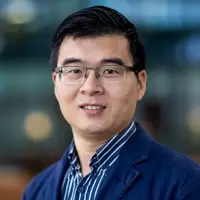
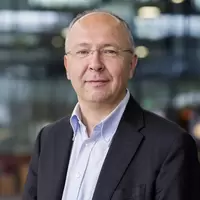
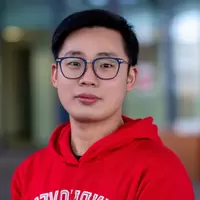

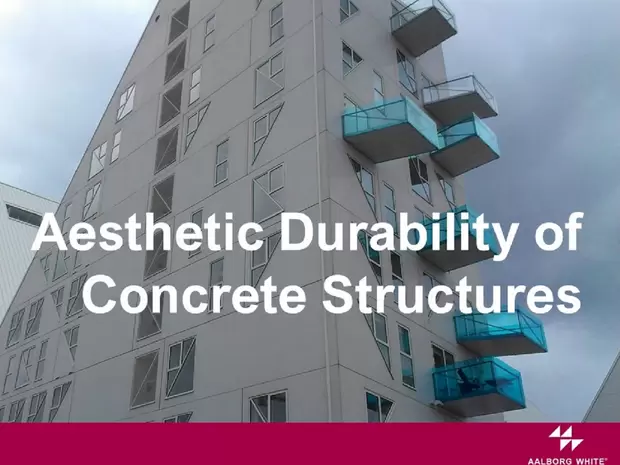
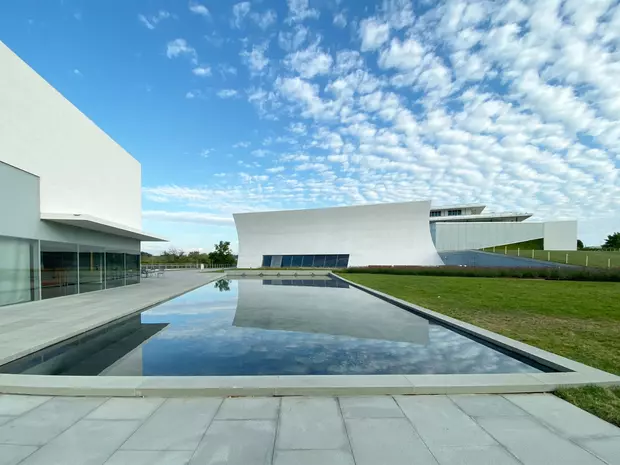
Share on